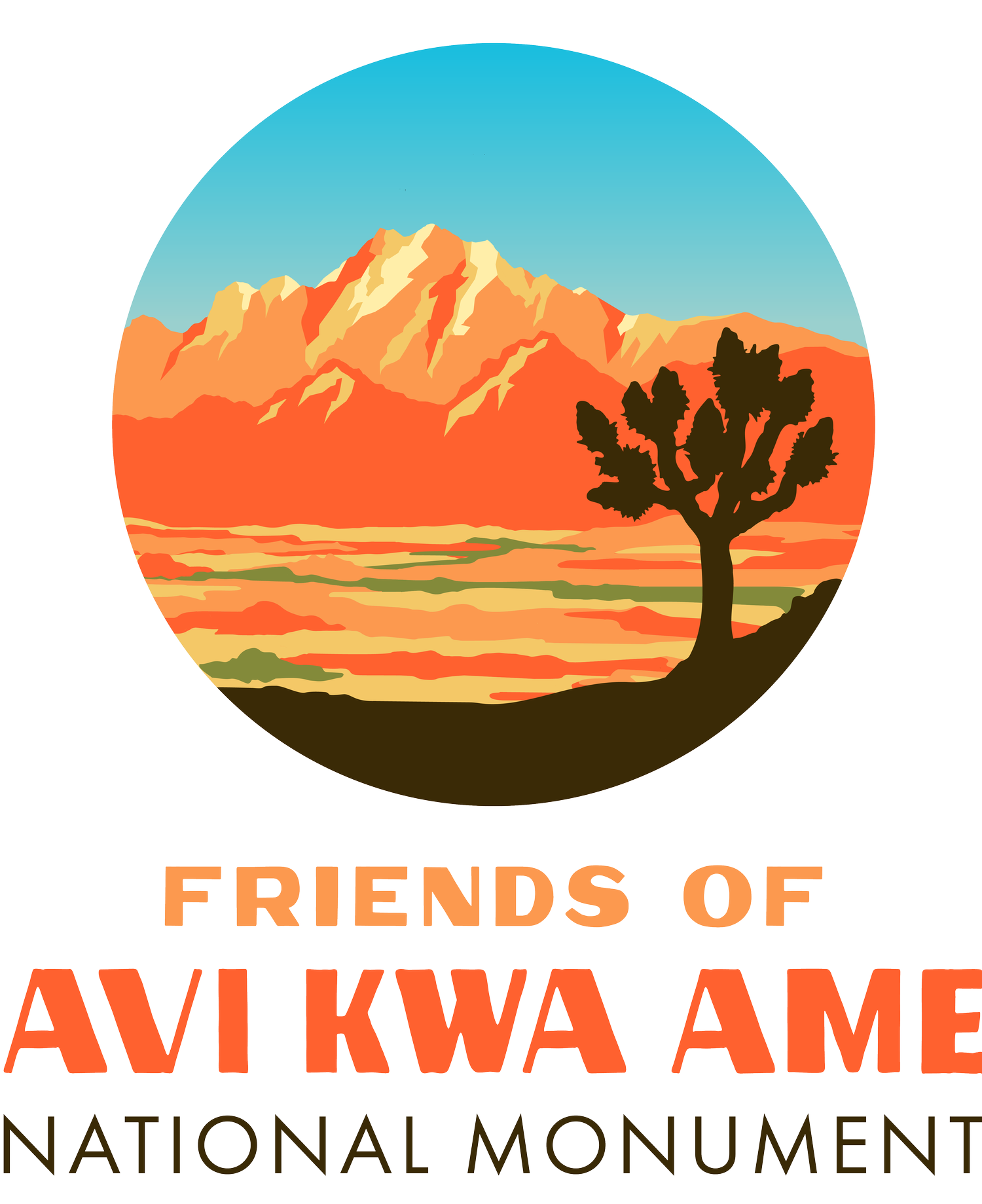In Search of Triatomines
By Dr. Richard Oxborough
Figures, Left- Triatoma protracta; Center- Triatoma rubida; Right- Paratriatoma hirsuta.
Editors’ Note: Triatomines, known locally as kissing bugs, are a usually reclusive resident of Avi Kwa Ame National Monument, where their preferred host is the common pack rat. The study described below is an excellent example of how much more we have to learn about the flora and fauna found here in the East Mojave: if you happen to find a kissing bug, you too can take part in this citizen science project and help us all find out more about their creepy but fascinating ways.
Triatomines are a group of insects that have a rich variety of colloquial names, ranging from ghoulish (Vampire bug), aggressive (Assassin bug), anatomical (Cone-nose bug) to almost romantic (Kissing bugs). There are around 125 species of triatomine described in the Americas, with 11 species found in the USA.
In Latin America, people tend to be wary of triatomines and learn about them from a young age as they can transmit a dangerous parasite (Trypanosoma cruzi) that causes Chagas disease. Unlike mosquitoes, infection is not carried directly through the bite of a triatomine, but rather through infected bug feces, which can be deposited on humans shortly after the insect feeds; the feces can then be unwittingly scratched into an open wound or rubbed into an eye.
Researcher Evan Teal examines a triatomine under the microscope.
The acute symptoms of infection are often mild or asymptomatic, leading to underdiagnosis. However, without treatment, the infection can become chronic, and several years or even decades later can cause cardiac abnormalities in 30% of cases, including arrhythmias, heart failure and even sudden death. Fortunately, human cases of Chagas disease are very rarely acquired in the USA (mainly due to good quality housing and triatomine species that prefer living and feeding on animals outdoors). Nevertheless, human expansion into triatomine habitat and an ever-changing climate make it important to study local triatomines to detect changes in their behavior or usual territory that could lead to an increase in human infection.
In the American Southwest, triatomines are mostly encountered during the late spring and summer months when seasonal flight dispersal occurs at night, often at dusk. US species of triatomine bugs prefer to live in wild terrain, particularly where there are plenty of rocky hideouts and the availability of animal hosts such as woodrats. This is why they are most often encountered in yards and houses that are situated close to the boundaries of natural areas such as canyons, federally managed land, state parks or mountains.
Early reports from the 1940s described several species of triatomines as a pest of humans at the Alvarado Mine of Yavapai County, AZ, where it was a common invader of the mining employees’ houses and tents. In fact, this is an early example of a citizen science study which used the campaign slogan, “Nab that bug at one cent each for Dr. Wood at City College to keep”, which appeared on the large collecting cans supplied to mining houses. The local name for triatomines in this mining area was the “Walapai Tiger”.
UV lights set against a large white sheet to attract flying triatomines in Nevada.
In 2023, UNLV (University of Nevada Las Vegas), in collaboration with UCSF (University of California San Francisco), embarked on a citizen science project to study triatomines of the American Southwest to determine which species are present, what proportion might be infected with the T. cruzi parasite, and to analyze their blood source (which comes from host animals) and their genetic diversity.
iNaturalist.org is a popular citizen science data portal where users can record an encounter with any plant, mammal, bird or insect, and upload photographs for identification. We are using this platform to contact observers of triatomines in the American Southwest and have asked them to collect triatomines and mail them to us for laboratory analysis. So far, we have received 404 insects that represent 5 species of triatomine, primarily collected by citizens in Arizona and California.
Scientists from UNLV now have a new tool to add to their arsenal—a new funnel catcher they’ve developed allows them to set up insect collection at a particular spot for longer stretches of time.
In Nevada there have been very few studies of triatomines, so armed with white sheets and UV lights we spent several weeks in Southern Nevada attempting to attract these flying insects. Unfortunately, we found a total of zero, but we had some interesting encounters with various scorpions, spiders, snakes, coyotes and UFOs (that turned out to be SpaceX Starlink satellite launches).
We were growing weary, but then a chance contact with an iNaturalist user led us to the Searchlight Mystery Ranch Research Station within the Avi Kwa Ame National Monument area. We went armed with trapping gear and shortly after dusk were rewarded by the appearance of Paratriatoma hirsuta, a species of triatomine that was reported historically in CA and NV but has been largely unstudied in recent decades. Laboratory analysis at UNLV is underway and we will continue to visit the area for this study through 2024. If you encounter any triatomines and would like to contribute to the study, get in touch with us.
You can find out more information about the study here.
Dr. Richard Oxborough is a medical entomologist based in Henderson, Nevada. He has extensive experience in vector control and malaria monitoring, and has worked for the US President’s Malaria Initiative and the London School of Hygiene and Tropical Medicine. He is currently involved in Chagas disease research with the PARAVEC laboratory at UNLV. Dr. Oxborough is the author of numerous scientific articles on entomology, and, if you haven’t guessed already, specializes in studying the creepiest of bugs.




